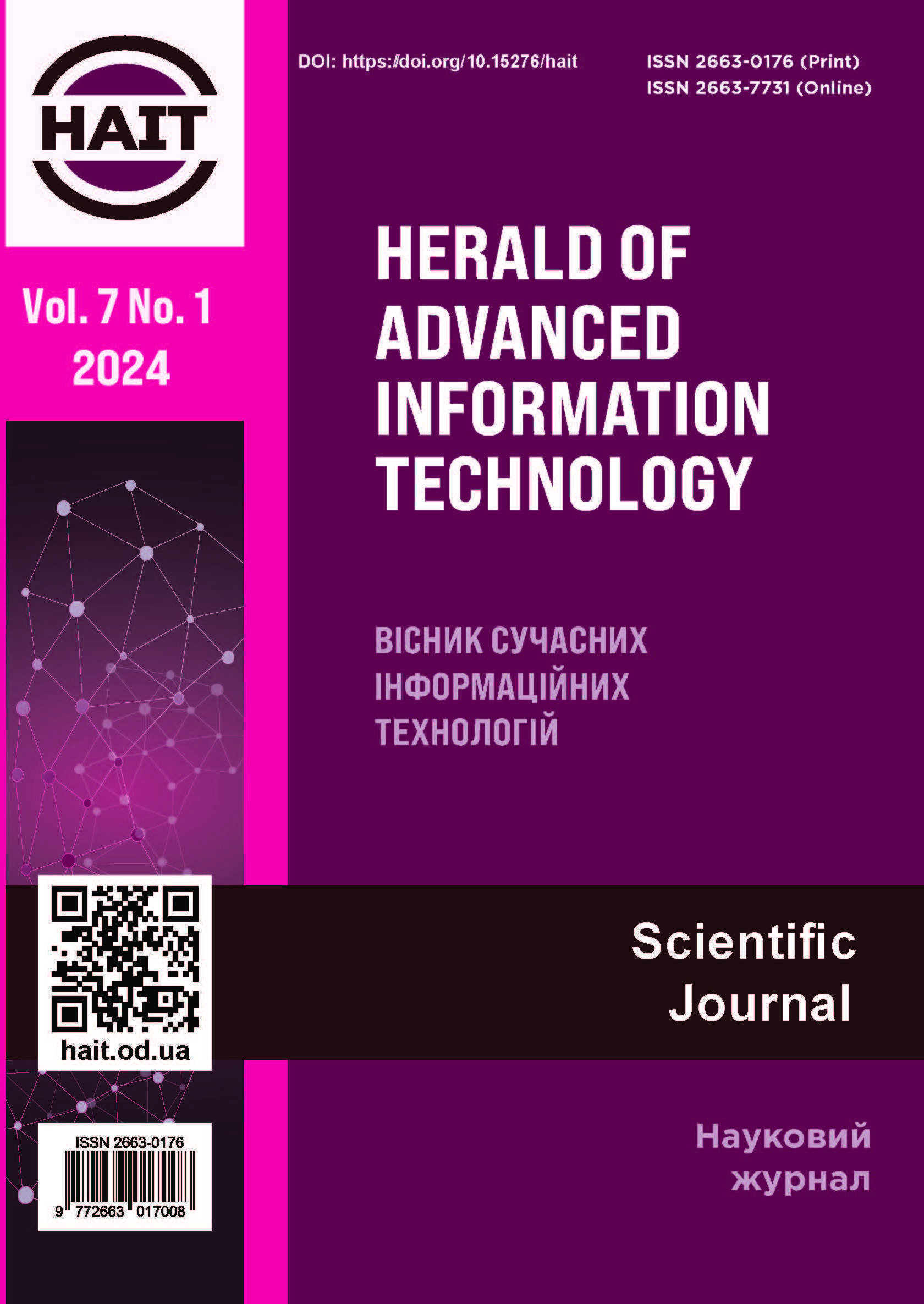Застосування доповненої реальності для реновації об'єктів культурної спадщини
DOI:
https://doi.org/10.15276/hait.07.2024.2Ключові слова:
доповнена реальність, віртуальна реальність, 3D моделювання, реновація, культурні пам’яткиАнотація
Доповнена реальність є інноваційною технологією, що злиття віртуального та реального світів, створюючи унікальний інтерактивний досвід для користувачів. Хоча ця технологія стала широко відомою лише у середині 2000 років, її потенціал і застосування продовжують стрімко розвиватися, особливо з появою смартфонів та інших мобільних пристроїв, які дозволяють широкому колу користувачів взаємодіяти з доповненою реальністю у повсякденному житті. В області культурної спадщини та туризму, доповнена реальність відкриває нові можливості для відновлення та представлення історичних будівель і місць, які вже не існують або були змінені часом, надаючи відвідувачам можливість бачити і відчувати історичне середовище в його первісному вигляді. Втім, для ефективного використання доповненої реальності у цій сфері необхідно забезпечити точну відповідність між віртуальними об'єктами та реальним оточенням, а також реалізувати навігаційні функції, які допоможуть користувачам легко орієнтуватися у віртуально відновленому просторі. Розробка та впровадження рішень з доповненою реальністю вимагають не тільки технологічної експертизи, але й глибокого розуміння історичного, культурного та соціального контексту об'єктів, що відтворюються. На підставі проведеного дослідження нами розроблено концепцію додатку на базі доповненої реальності для реконструкції та популяризації культурної спадщини. Це включає в себе методики точного відтворення історичних локацій та об'єктів у віртуальному середовищі, а також розробку інтуїтивно зрозумілих навігаційних інструментів для користувачів. Основним здобутком роботи є створення фундаменту для подальшого розвитку технологій доповненої реальності в цій сфері, з акцентом на покращення взаємодії між віртуальними та реальними компонентами, що сприятиме збільшенню залученості аудиторії та підвищенню обізнаності про історико-культурну спадщину. При цьому відкриваються широкі перспективи використання доповненої реальності для культурної спадщини, запропоновані підходи можуть слугувати основою для майбутніх інноваційних проєктів у цій області.








